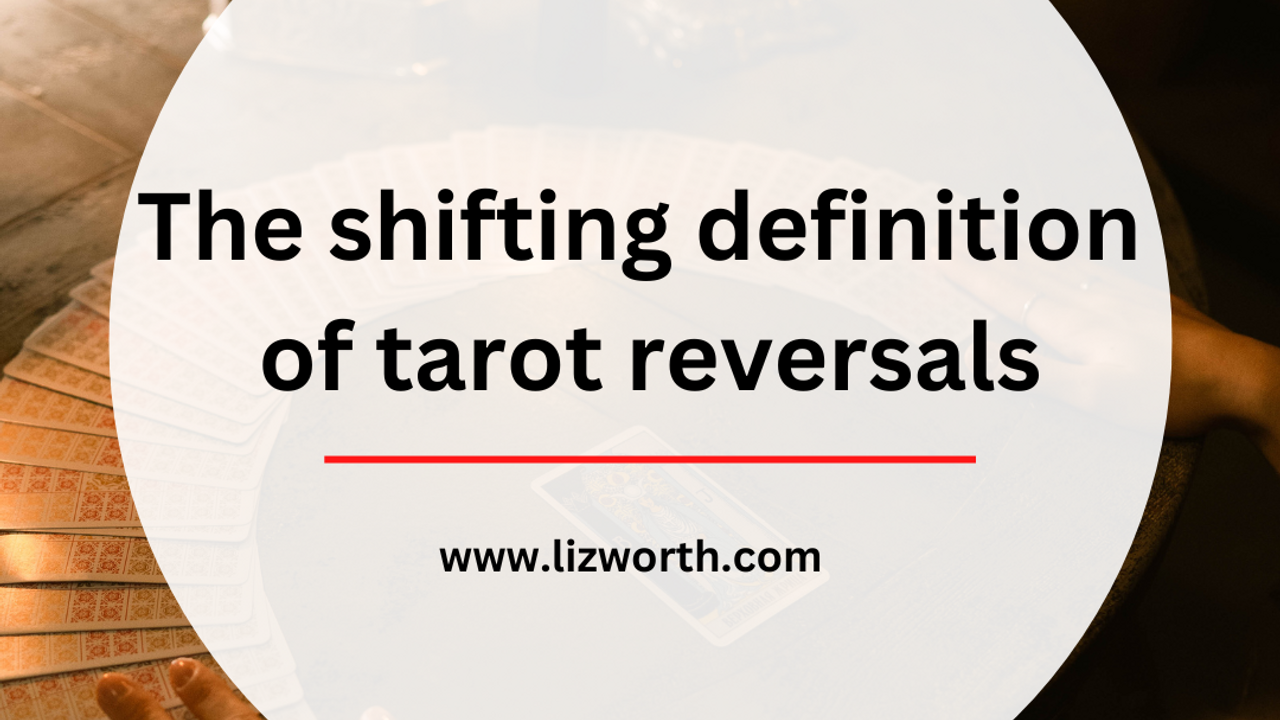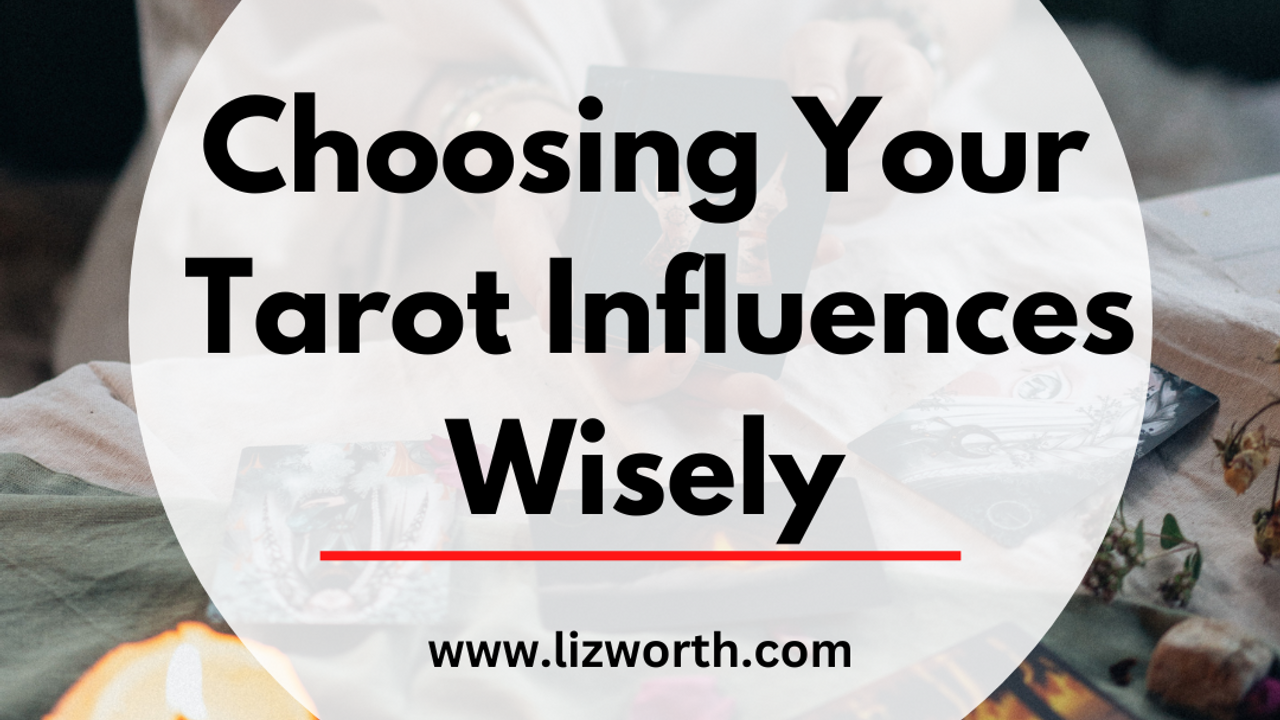Reflecting on Jupiter in Aries

Readers of this newsletter who’ve been here for a while might remember that I used to share quite a few thoughts about astrology in this space.
In more recent times, I took a step back from my astrology practice to focus more deeply on tarot, and to re-evaluate my relationship with modern astrological trends.
But I never truly “quit” astrology: It has remained part of my personal spiritual practice all this time, as it has always been.
And so I hope you don’t mind if I reflect a bit on astrology today.
Jupiter has been a major influence for me lately. Maybe it’s because my sun is in Aries, and my moon in Pisces, and the planet of exuberance and optimism has been traversing through both signs this past year.
But Jupiter is now full steam ahead in Aries until May 2023, when it enters Taurus. The presence of Jupiter in Aries feels significant to me for so many reasons, mainly because Aries is the first sign of the zodiac and marks a new Jupiterian cycle.
It takes 12 years for Jupite...
The shifting definition of tarot reversals

To read reversals, or not read reversals…
That is the question – at least for a lot of tarot readers out there.
Questions about what reversals mean, and whether to read them at all, is one of the most common inquiries I hear within the tarot community.
I’ve talked before about my thoughts on reading reversals here. I did work with reversals at a previous point in my tarot practice. I do think they can be an effective technique, but that’s what I always tell people first and foremost:
Reversals are a technique, not a rule. There are different ways to read tarot cards, and as a tarot reader you will gradually develop your own style and approach that incorporates various techniques that you feel are effective. But you won’t necessarily adopt every card reading technique out there.
When I have read reversals, I have looked at them as something that isn’t quite working the way it should, or as a possibility that has yet to grow. There are other ways to read reversals, and like many ...
Do you worry you aren’t reading far enough into tarot’s symbolism?

When I was first learning tarot, I used to look down at my cards and feel completely lost as to what to focus on first.
I kept hearing that tarot was full of rich symbolism, but I was taking that advice a little too far.
I’d look at the number of clouds in the background of a tarot card and wonder, “Do those have numerological significance?”
Or I’d look at the colour of clothes a figure was wearing and wonder if I should take up colour theory and psychology to be able to fully understand tarot.
The problem was that by taking such a granular approach to my cards, I was overwhelming myself with details. I couldn’t see the full story of a card because I was so distracted by the little things instead.
And often, these were things that didn’t add to the insight or overall message I was looking for.
I wish someone had told me back then that not every symbol or detail had to count in every reading.
Sometimes, there are certain details in a card that I’ve never ended up using to form an...
You Don’t Always Have To Be Working On Yourself

Uncertainty sends a lot of people to their local tarot readers, or inspires them to pick up the cards themselves.
Sometimes the reasons for that uncertainty are obvious. Someone might be in a precarious situation at work. Or has just gone through some personal upheaval and they’re looking for reassurance that everything will be okay.
Other times, though, uncertainty is driven by our inner selves, rather than external factors. Our culture is so fixated on self-improvement and striving towards (an often vague notion of) potential that it sometimes causes us to live too far in the future.
This kind of thinking gets us so focused on what’s next that we’re not always connected to where we’ve landed, or whether we’re happy with who and what we are in this very moment.
We hear encouraging words to strive for more, to change for the better, to edit out our messes and flaws.
But – and this is a big BUT… it’s important to remember that not everything needs fixing, and we don’t always have t...
Choosing Your Tarot Influences Wisely

My tarot students often hear me say this:
It’s the best time ever to learn tarot. It’s so much easier to find information about tarot these days than when I was first introduced to the cards.
There’s an endless assortment of YouTube channels, tarot blogs, tarot websites, and more. And the number of books being published on tarot each year right now is incredible.
And of course, there are a lot of tarot readers sharing tips on social media as well.
But like anything else, not all information is created equal. Just because someone has a big social media following doesn’t necessarily mean the information they’re sharing is accurate.
Even though we have a wealth of information at our fingertips, the popularity of influencers and accounts isn’t always based on the quality of information they share. Instead, it might be because of the way they carefully curate their feed, or the aesthetic through which they present themselves.
Context is also easily lost on social media. Tarot is hun...
The tarot myth that won’t die (but I wish it would)

Despite living in a time when you can verify almost any piece of information with a few clicks of a button, there are so many myths and misconceptions that persist when it comes to tarot.
One that gets me the most is the myth that you have to be gifted a tarot deck in order to start reading tarot.
I actually get asked this at least a few times every year, and I know I’m not the only one who hears this question. It confirms how persistent and stubborn this belief is.
I can’t remember where I first came across this (wannabe) rule, but I do remember reading about it as a teenager when I was exploring all things occult. Like many other aspiring tarot readers, I took this myth to heart at first.
On one hand, the idea is romantic. There’s something fated about being gifted a tarot deck, as though you’re being chosen or selected to be a tarot reader.
That idea fits with other tarot mythology, such as the belief that the ability to read cards comes through a God-given gift or natural aptitude, rath...
Embodied Intuition

A recurring theme I’ve been moving through this year is the connection between intuition and embodiment.
It’s something I was recently talking about in one of my tarot classes, and it’s something that’s come up through conversations and teachings I’ve had with other practitioners.
One experience that really drove it home for me was when I was studying with Mary Grisey earlier this year, in her psychic mediumship training.
When we think about intuition, channelling, or psychic experiences, there’s a tendency to assume these are things that will happen to us through “higher” or external influences. But instead, these are experiences that often start from within.
If you’re familiar with my work, you’ll know I take a practical approach to tarot and divination. I believe that readings of all kinds are an acquired skill that can be developed and improved with time, practice, and process.
But there’s also an intangible quality to skill, too – an instinct that moves through practition...
Don’t skip this step when you’re learning tarot

If there’s one thing that gets overlooked most when it comes to learning tarot, it’s this:
Your why.
Why do you want to learn tarot?
What do you believe it will do for you?
What do you want to use it for?
What do you hope to be able to gain from the experience?
There can be any number of reasons to learn tarot. You may have several answers to each of these questions, or just one or two.
There is no right or wrong. There is no ideal reason, no purpose that is better than any other.
But to have a purpose behind learning tarot can really help you to figure out what to focus on, which classes to take, books to read, or techniques to understand.
For example: If you want to read tarot for other people, then it will for you to focus on being able to answer a wide range of questions. I always say that if you read for others, you need to be ready for anything that might come up.
Developing tarot skills that help you be flexible, adaptable, and fluid in your tarot readings is key there...
3 Common Mistakes That Can Keep You Stuck as a Tarot Reader

When people ask me how long it took for me to start reading tarot professionally (seven years), I always preface my answer with this:
There is no one timeline or linear path with tarot. It is an ongoing journey where you can always be learning.
Some people take less time than I did. Some take more. There is no right or wrong, and no perfect amount of time to measure your own progress against.
But there are things that held me back along the way that I do believe slowed me down. Not that I was in a rush, but if I could have gotten better a little bit faster, I would have taken that option in a heartbeat.
Some of the things that I got stuck on were:
Mistake #1: Confusing complexity for potency in a tarot reading.
You don’t need to layer your readings with a bunch of techniques – reversals, astrology, numerology, significators, etc.
Solution: Don’t second-guess yourself if a reading feels clear and direct. All you need to do when you read tarot is read the cards in front of you. S...
That time I blew it as a tarot reader

Years ago, before I was reading tarot professionally, I used to do a lot of tarot parties for friends to get practice.
I was at a café one night where a friend was having a trunk sale for a jewelry line she was selling. The room was full of my pal’s friends and family, and I didn’t know many people there.
A woman sat down for a reading with me. I laid down my cards. I saw something in them that was so specific: A story about a family inheritance.
Except that’s not what I told her.
Because what I thought I was seeing did not match the meanings of the cards that were in front of me.
I wasn’t experienced enough yet to know how to trust myself as a tarot reader.
So I played it safe.
I gave a by-the-book reading – literally – rather than talking about what I’d initially seen.
And it wasn’t exactly wrong. But it wasn’t exactly right, either.
It was generic, safe, and middle-of-the-road enough for this woman to find something relatable in what I was saying.
But it wasn’t specific to...
